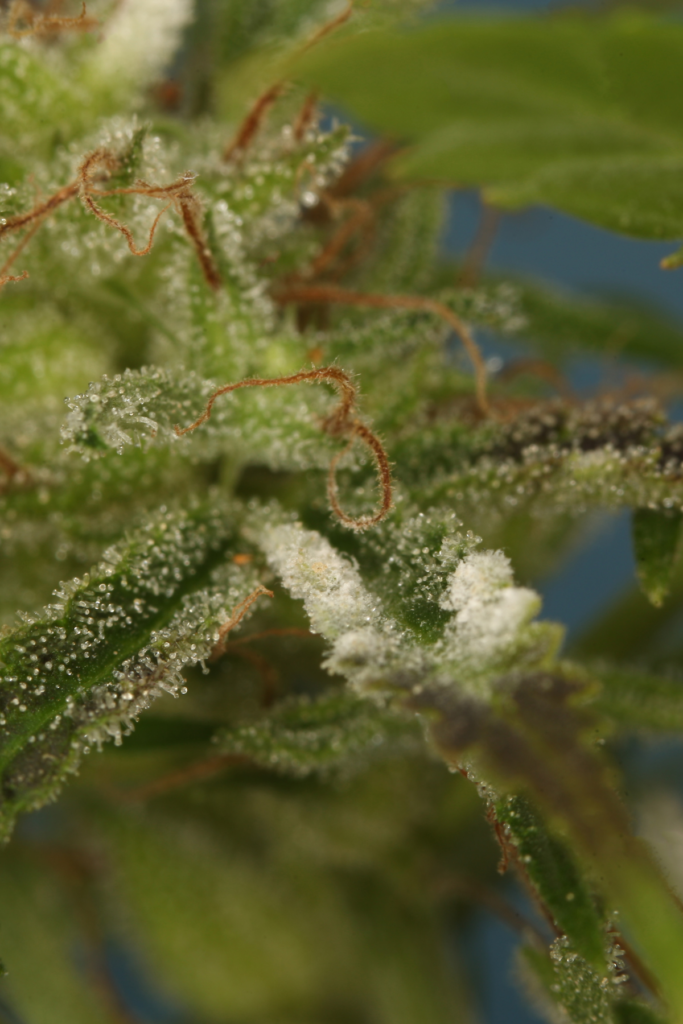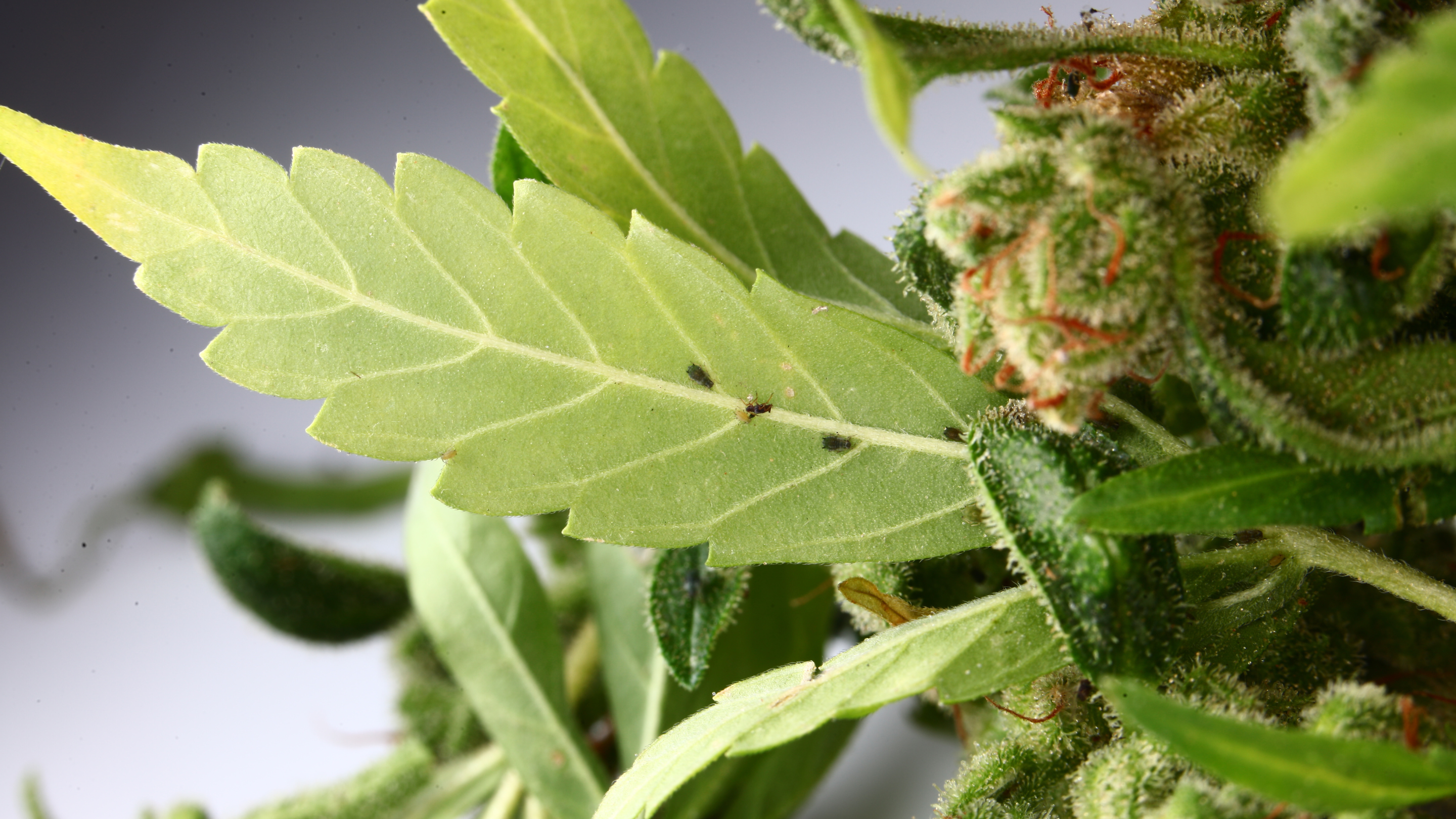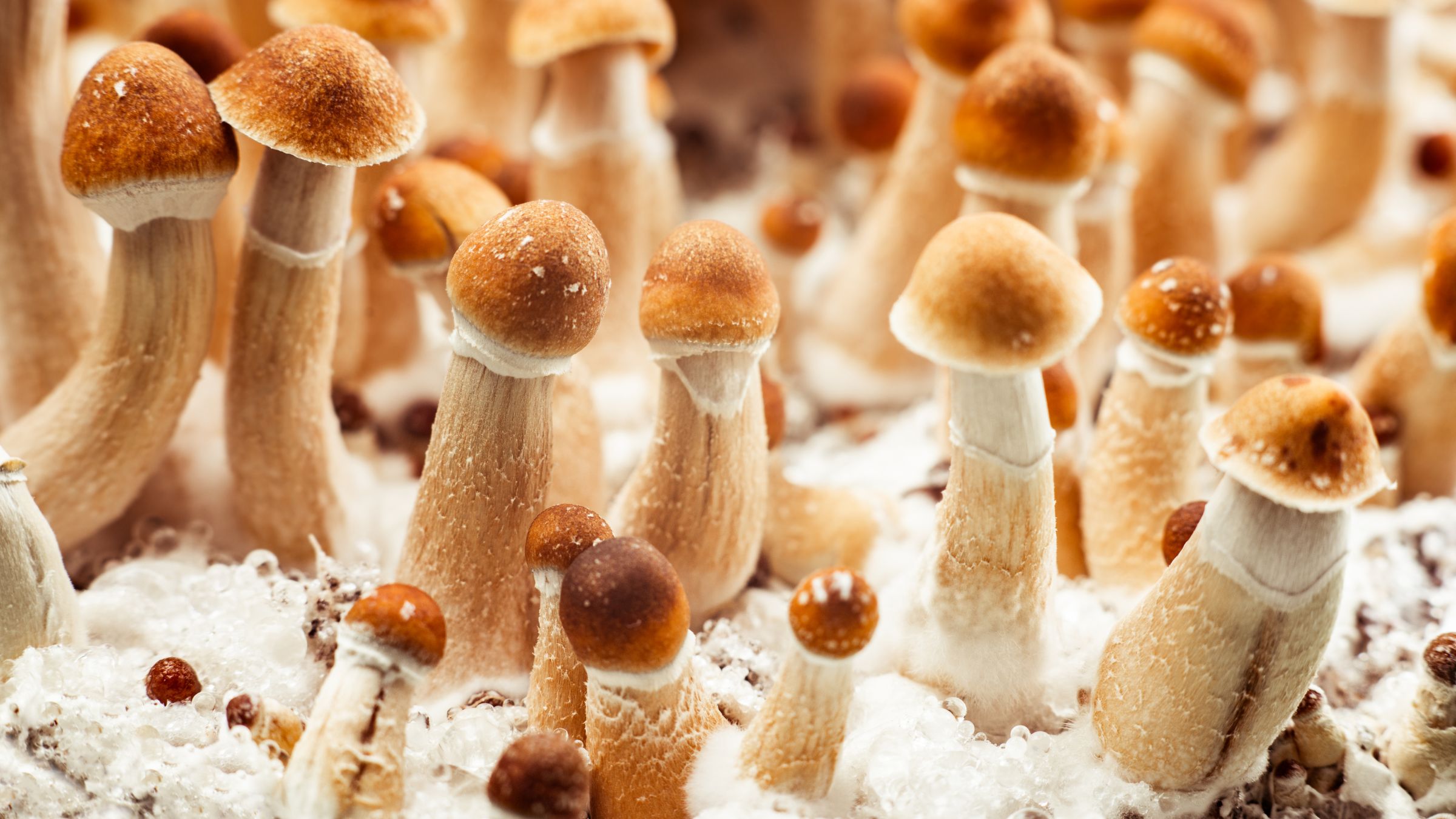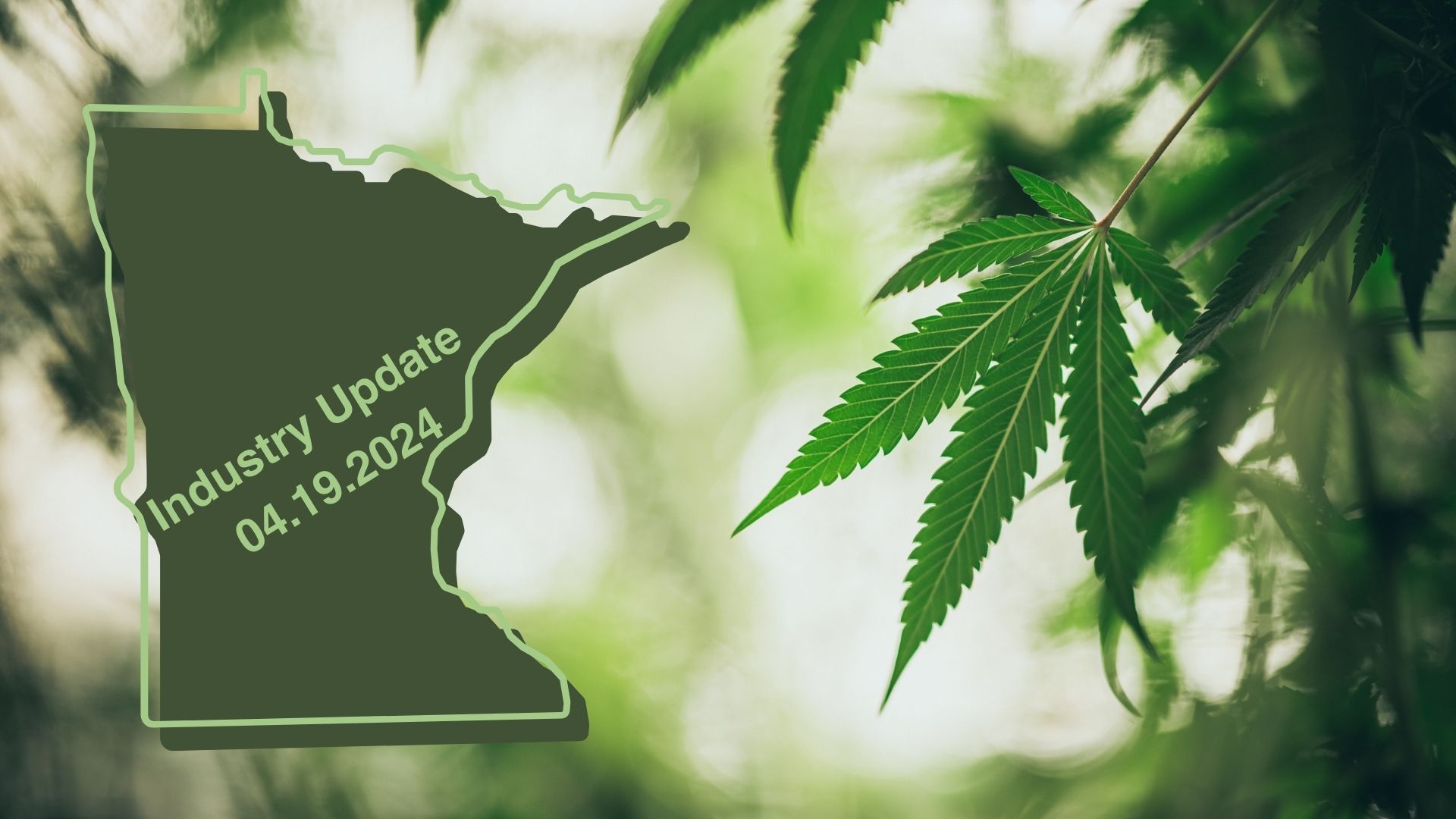Growing your own cannabis can be a rewarding experience. Whether you’re an enthusiast cultivating a few plants for personal use, a home grower with a green thumb, or an industry professional overseeing a large-scale operation, the act of nurturing a cannabis crop from seed to harvest is not without its challenges. Much like a garden full of any living plants, cannabis is susceptible to various issues that can hinder its growth and overall success.
In this comprehensive guide, we’ll walk you through identifying, diagnosing, and resolving some of the most common problems encountered by cannabis cultivators. We’ll also cover best practices for prevention and share real-world examples to demonstrate how you can apply these troubleshooting techniques to your own grow.
Common Cannabis Grow Problems
Troubleshooting your cannabis grow begins with recognizing the symptoms of the issue at hand. Here are the most prevalent problems growers often encounter:
Nutrient Deficiencies
Cannabis requires a precise balance of nutrients to flourish. When it lacks critical elements, visible clues appear on the plant. Stunted growth, discoloration, and odd leaf shapes are telltale signs of deficiencies in nutrients such as nitrogen, phosphorus, potassium, or even trace minerals.
Pest Infestations
From spider mites to aphids, pests can quickly infest a cannabis garden, wreaking havoc on your plants. Some pests feed on the leaves, causing damage that resembles nutrient deficiencies, while others target the buds, potentially lowering your yield and potency.
Mold and Mildew Issues
High humidity and poor air circulation can lead to the development of mold or mildew on your cannabis plants. White powdery mildew is a common culprit, often necessitating the removal of affected plant material to prevent spread.
Temperature and Humidity Challenges
Cannabis is also sensitive to its environmental conditions. Extreme temperatures and humidity levels can stress plants, suppress their immune systems, and slow down growth.
Now that we’ve highlighted the problems, let’s dig into how you can troubleshoot and rectify them.
Troubleshooting Techniques
To troubleshoot effectively, you must know what you’re looking for and how to respond once you’ve identified the problem.
Identifying Symptoms
The first step in troubleshooting any issue is to closely observe your plants. Understanding the normal growth patterns and appearance of a healthy cannabis plant is key to noticing when something is amiss. Keep an eye out for changes in leaf color, shape, or development, as well as any unusual patterns or spots on the leaves or buds.
Diagnosing the Problem
Once you’ve spotted abnormal symptoms, it’s time to figure out what’s causing them. Nutrient deficiencies can be identified through a process of elimination, ruling out each nutrient until you

To troubleshoot effectively, you must know what you’re looking for and how to respond once you’ve identified the problem.
Identifying Symptoms
The first step in troubleshooting any issue is to closely observe your plants. Understanding the normal growth patterns and appearance of a healthy cannabis plant is key to noticing when something is amiss. Keep an eye out for changes in leaf color, shape, or development, as well as any unusual patterns or spots on the leaves or buds.
Diagnosing the Problem
Once you’ve spotted abnormal symptoms, it’s time to figure out what’s causing them. Nutrient deficiencies can be identified through a process of elimination, ruling out each nutrient until you

pinpoint the one that’s lacking. Pests will leave clues such as tiny bite marks or webbing, usually nearby their preferred feeding grounds. For mold and mildew, the location and appearance of the problem can often provide clues as to the underlying issue, such as poor air circulation or excessively moist conditions.
Implementing Solutions
With the cause of the problem identified, you can then implement the appropriate solution. This may involve adjusting your nutrient mix, using organic or chemical treatments for pests, or altering your environmental controls to keep temperature and humidity within acceptable ranges. Remember, the solution you choose should be tailored to the specific issue and your preferred methods of cultivation.
Best Practices for Prevention
An ounce of prevention is worth a pound of cure, and nowhere is this more true than in cannabis cultivation. By following best practices, you can minimize the chance of developing common grow problems.
Proper Nutrient Management
Use a well-balanced feeding schedule and monitor your plants’ responses to the nutrients you provide. Keep in mind that cannabis has different nutritional needs at each growth stage, so adjust your feeding regimen accordingly.
Integrated Pest Management
Implement an integrated pest management (IPM) strategy, which combines several control methods to keep pests at bay. This can include regularly checking your plants for signs of infestation, introducing beneficial insects, and using pest-resistant cannabis strains.
Environmental Controls
Maintain an optimal environment for your plants by controlling temperature and humidity. Consider investing in a good ventilation system, dehumidifier, and/or heater to keep your grow area’s climate stable and within the range that cannabis prefers.
By staying on top of these best practices, you’ll provide your plants with the best possible environment to grow and thrive.
Conclusion
Troubleshooting common cannabis grow problems is not just about reacting when something goes wrong; it’s about being proactive in the first place. By staying observant, understanding the root causes of common grow issues, and implementing a well-thought-out prevention plan, you can elevate your cultivation game and produce high-quality cannabis yields.
Itching to learn more? Strains of the Earth’s Jordan location hosts comprehensive cannabis grow classes on a bi-weekly basis aimed at getting the most out of your home grow. With a little patience and a lot of care, you’ll be able to turn any grow problem around and enjoy the fruits of your labor.









